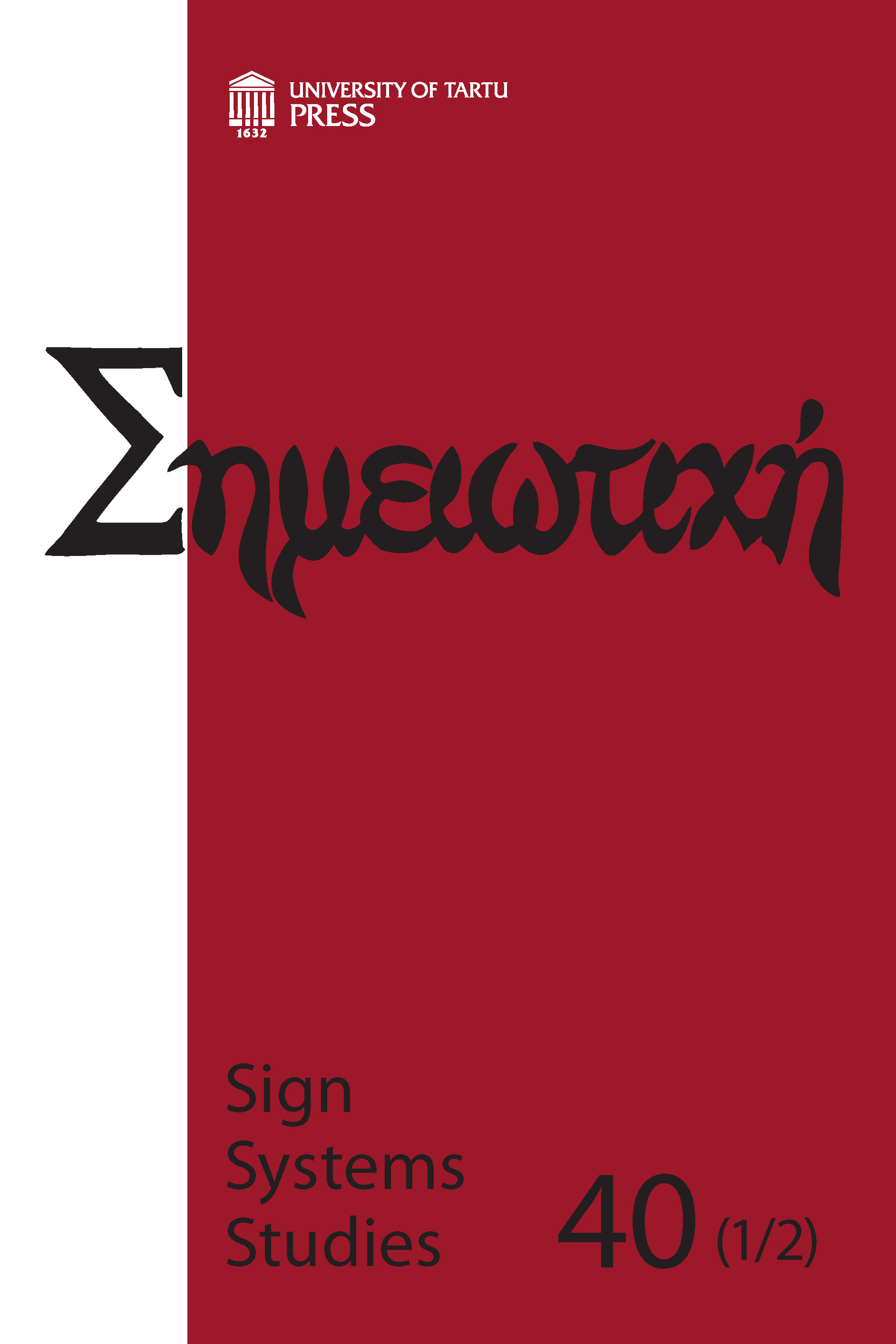Rhythm and meaning: "Rhythmical deviations" as italics
DOI:
https://doi.org/10.12697/SSS.2012.1-2.04Abstract
English iambic pentameter allows rhythmical deviations that occupy three (seldom four, more often two) adjacent metrical positions. These deviations, though metrical, are noticed by the listener or reader. Starting from the first quarter of the 16th century, poets (Surrey) have used rhythmical deviations to emphasize ("italicize") semantically important segments in the line. Such rhythmical deviations have become part of the English poetic traditions. It has turned out that rhythmical deviations used to italicize meaning are filled with recurring rhythmical and grammatical structures and repeated lexicon. M. L. Gasparov used a special term to denote the recurring rhythmicalgrammatical structures: "clichés"; while calling clichés incorporating recurrent lexicon "formulas". I have discovered that formulas are part of the English poetic tradition: the same formulas recur in poetic texts of the 16th–20th cc. They are not plagiarisms, allusions or reminiscences; they are a common basket of goods that belong to all English poets, used by all and owned by none. The recurrent deviations usually occur on metrical positions "weak-strong-weak-strong" and as a rule contain a monosyllabic (rarely – disyllabic) verbpredicate followed by a monosyllabic grammatical word (e.g. an article), an adjectiveattribute and a noun – a direct object to the verb. The recurring lexicon includes verbs of motion, particularly verbs of fast, aggressive motion, an action directed downwards or causing an injury or death, and recurring nouns referring to moving objects or agents (hands, arms, wings; spear, sword). I term such recurring formulas "rhythmical italics".Downloads
Download data is not yet available.
Downloads
Published
2012-09-01
How to Cite
Tarlinskaja, M. (2012). Rhythm and meaning: "Rhythmical deviations" as italics. Sign Systems Studies, 40(1/2), 65–81. https://doi.org/10.12697/SSS.2012.1-2.04
Issue
Section
Articles


